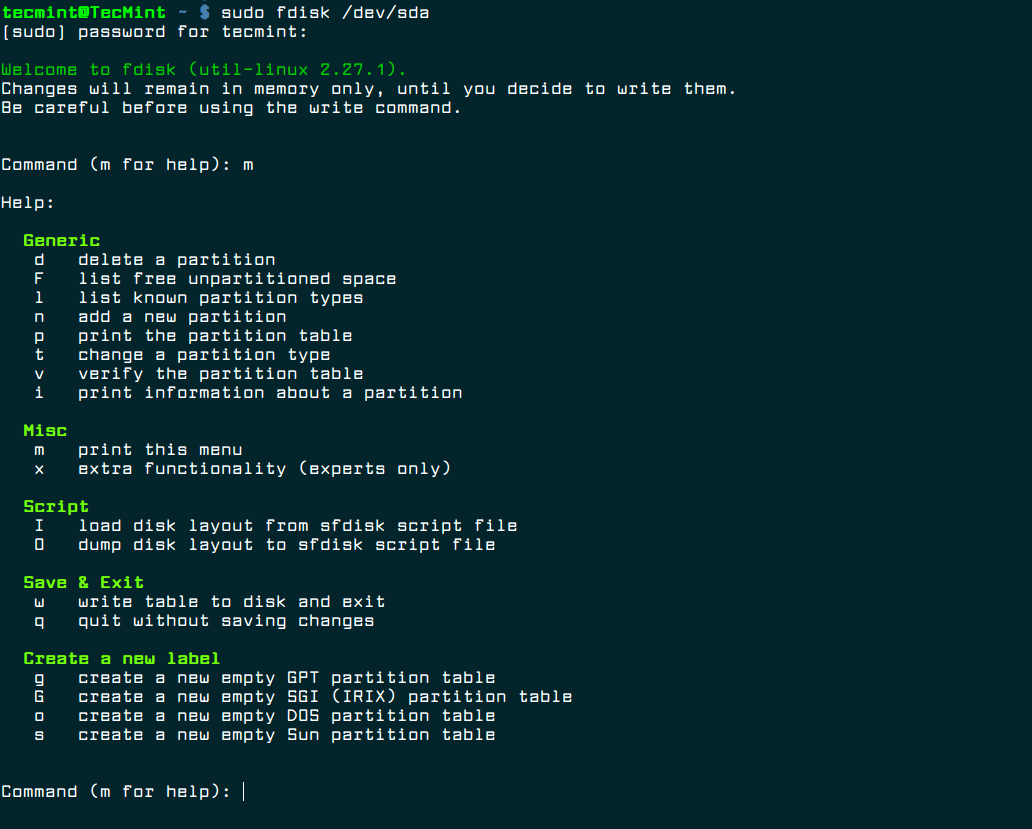

Proceed with caution, and make sure your backups are current before you try any of the following.)
:max_bytes(150000):strip_icc()/DiskutilList500x337-57c43c0b3df78cc16e6d4dbf-1-3b654971888648a983a46edce7181d3f.jpg)
(Please note that, as with many Terminal commands, there’s a chance of Really Bad Things happening if you make a mistake with the following instructions. What if you want to do this from Terminal instead? In Terminal, a program named diskutil provides most of the features of macOS’s Disk Utility. This gives me a good sense of security, as it would take a team of dedicated professionals, and possibly special hardware, to have some chance of recovering any of my deleted data.
#Mac os list disks terminal install
Format the drive and install a fresh copy of macOS, then use Disk Utility to erase the free space (typically the one-time write-with-zeros option). This feature cane used whenever selling an old machine with a hard drive.

When you click this button, you’re presented with three options for securely erasing the free space on your hard drive: write over the free space with zeros (fast and relatively safe), write over the free space three times (more secure, very slow), or write over the free space seven times (extremely slow).
#Mac os list disks terminal mac
If you’re selling an old Mac with a hard drive, a spare hard drive, or you’re just quite paranoid about your deleted data, you’re either familiar with-or should be familiar with-the Erase Free Space button on the Erase tab in Disk Utility (found in your Applications -> Utilities folder).Įditor’s note: This Terminal tip originally ran in March 2009 and is only useful for mechanical hard drives and not the SSDs found in newer Macs.


 0 kommentar(er)
0 kommentar(er)
